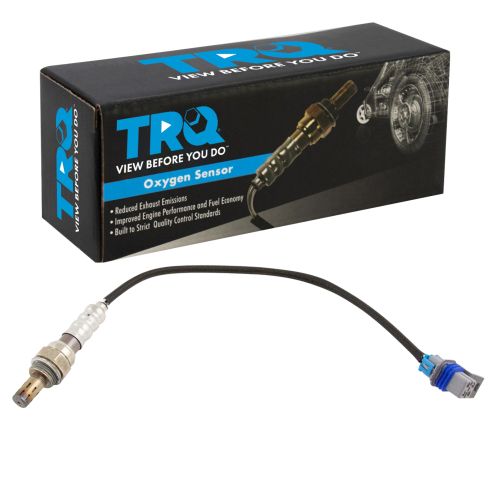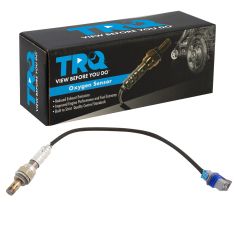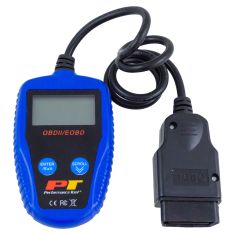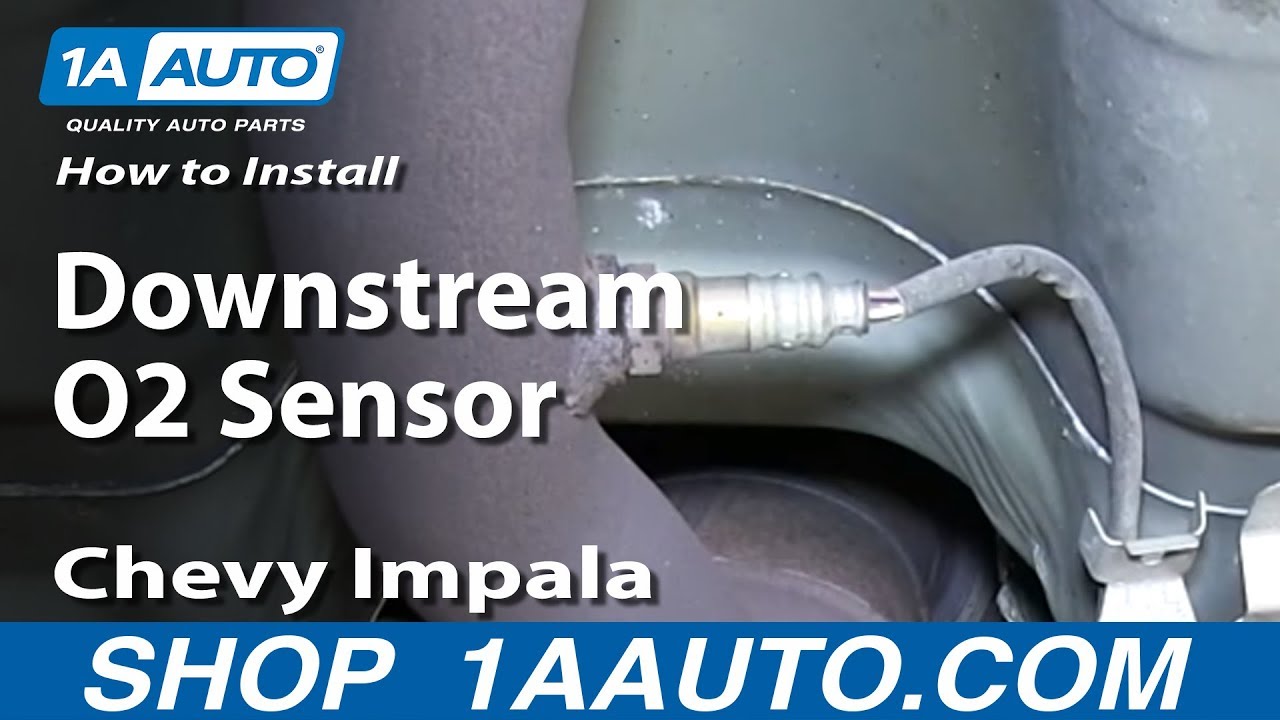1AEOS00170-O2 Oxygen Sensor TRQ OSA61291



Replaces
O2 Oxygen Sensor TRQ OSA61291


Product Reviews
Loading reviews
Customer Q&A
No questions have been asked about this item.









